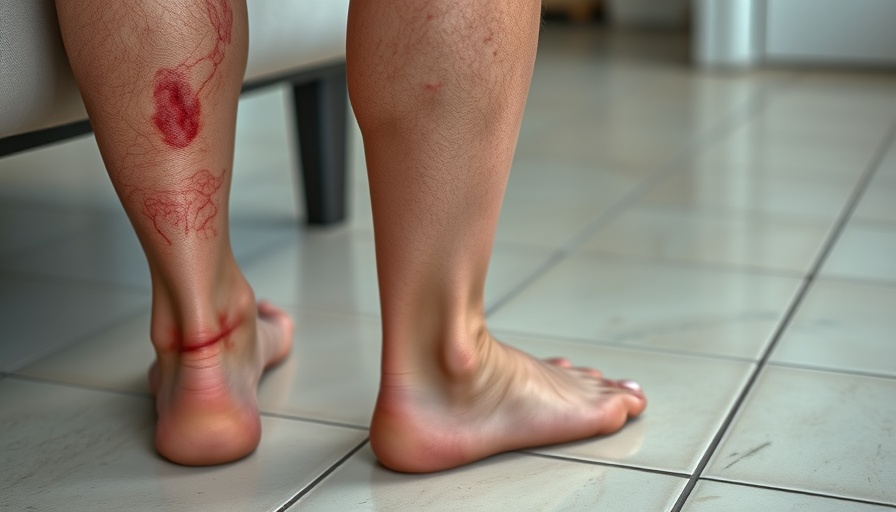
Finding Affordable Wheelchairs: A Comprehensive Guide
With the myriad of wheelchair options available today, finding one that is affordable yet meets your needs can feel overwhelming. Understanding what defines a "cheap" wheelchair is crucial, particularly if you're on a budget. Typically, a manual wheelchair can range from $200 to $1000, while transport chairs often fall between $150 to $450.
Best Picks: Affordable Wheelchair Choices
Here are some recommendations to guide your choice:
- Best Overall: Drive Medical Cruiser III Lightweight Wheelchair - This wheelchair combines durability with functionality, featuring flip-up padded armrests and an adjustable seat for customized comfort.
- Best Cheap Manual Wheelchair: Drive Medical Blue Streak Lightweight Wheelchair - Known for its beautiful blue finish, this wheelchair is lightweight and foldable, ensuring ease for users and companions alike.
- Best Cheap Transport Wheelchair: Medline Lightweight Foldable Transport Wheelchair - This model is fitted with companion brakes and boasts large 12" rear wheels, making it easy to maneuver with a lightweight design.
Why Understanding Wheelchair Pricing Matters
When exploring the wheelchair market, it's important to know that price often correlates with features. For instance, wider seat widths which require more materials often lead to increased prices. Moreover, power wheelchairs can start around $1800 and can exceed $3000 depending on features.
Empowering Decisions Through Information
By understanding the categories and average costs associated with wheelchairs, you empower yourself to make informed decisions that can significantly impact your mobility options. Finding a wheelchair that meets your needs without breaking the bank is possible with diligent research and recommendations.
Next Steps: Exploring Your Options
Take the time to evaluate your requirements and budget. Visit your local mobility shops or utilize online resources to compare the models that catch your interest. Remember, the right wheelchair should not just be affordable but should also enhance your quality of life.
 Add Row
Add Row 

 Add
Add 


Write A Comment